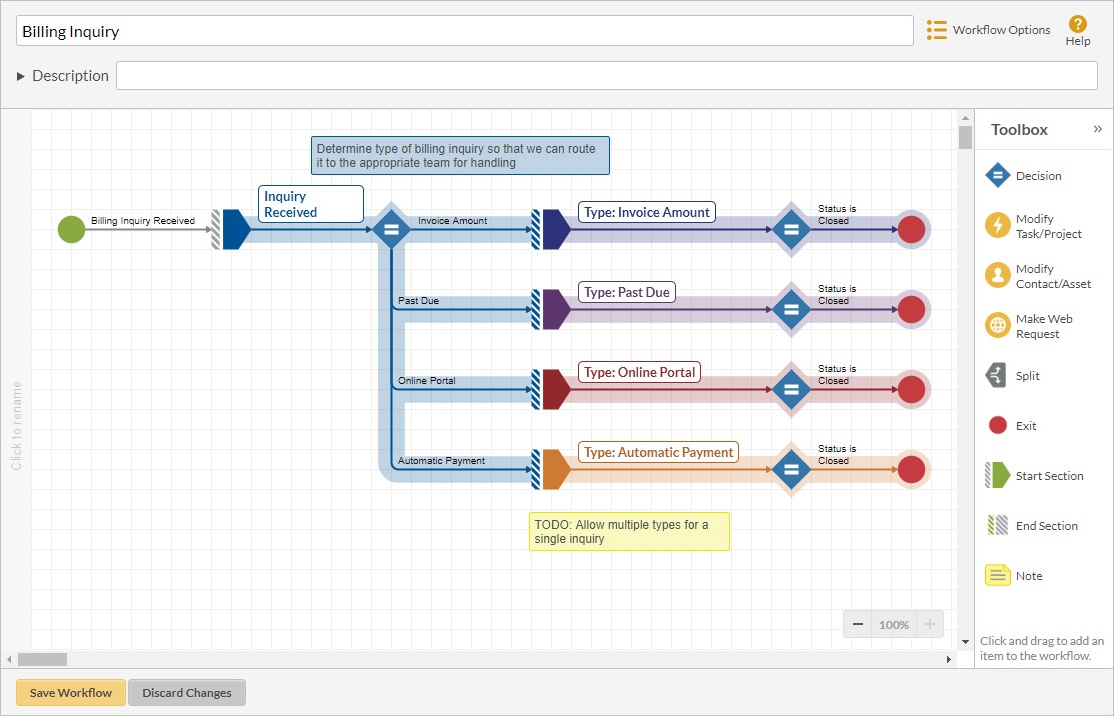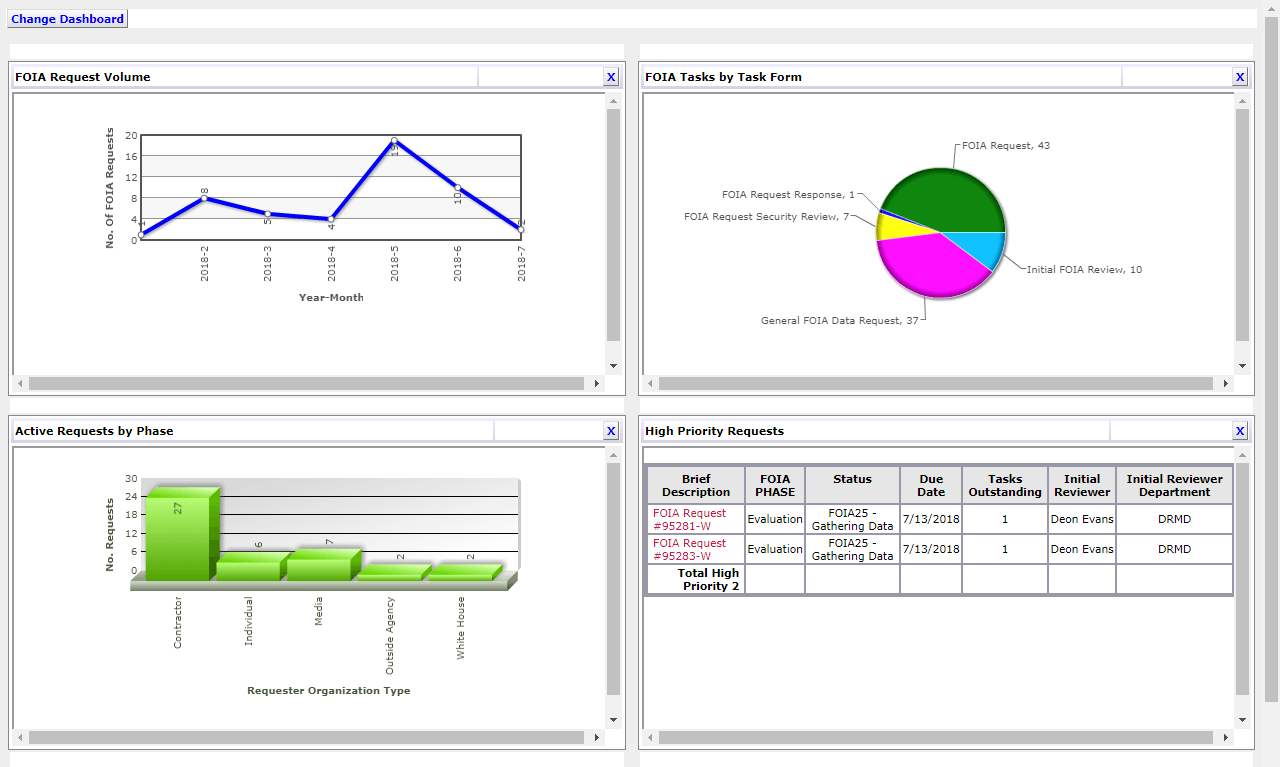Gaining executive buy-in and sponsorship for any strategic proposal is almost always the most important step towards project success. Understanding the major benefits and selling points of work automation is essential if you are going to be able to persuade senior executives to provide support, not only to initiate a BPM (Business Process Management) deployment, but also to support it through deployment and adoption by the organization.
1. Improved Operational Efficiency
Automating processes results in overall reductions in time spent on completing a task, as well as the reduction in effort and resources that are consumed in delivering results.
Improvements in efficiency are achieved by eliminating wasteful activity or resource utilization. This is itself achieved by a combination of the elimination of human error (typically by restricting the application of judgement and baking-in compliance rules or business policies at the process source,) and also by smoothing out work operations themselves.
[Further reading: Implementing Continuous Improvement with Lean BPM by Josh Yeager]

2. Visibility & Measurement of Metrics
By defining workflows that control associated tasks and work, you will be able to start measuring work itself. Once your workflows are in place, it is a simple step to start timers or counts per period at the major nodes, such as time elapsed from a task entering a workflow to leaving it, and placing multiple checkpoints within a workflow to see where a bottleneck or opportunity for improvement exists.
Because workflows are themselves controlled by the automated processes within a process management tool (here we call this a BPMS or BPM Software,) you are able to achieve consistency, accuracy, and timeliness of data recording.
By delivering reliable business data, almost on a real-time basis, which is already in a digital format and therefore open to data analysis and manipulation, you are able to create business advantage, which in turn opens the door to developing winning business strategies.

3. Time Savings Through the Elimination of Manual Work
Performing manual tasks takes time, and multi-tasking is not something we are good at. So, most work done by humans is performed in a linear fashion, and this is rarely the most effective use of time and resources. By eliminating manual work through automation we can save time, but that is not the sole benefit driver here.
In addition, to being linear work processors, humans are prone to error – we are not robots. The introduction of error further loses time in operations, either at the time of performing the work, or of greater impact, downstream. Automating work minimizes human intervention in the workflow, and in turn this removes the ability for people to generate error. Minimizing error not only improves consistency of work quality, but also results in significant time savings too.
4. Quality & Consistency
Automation ensures consistency, because each and every work activity is replicated and performed in an identical fashion. This means your automated processes will deliver reliable and consistent outputs, and you may adjust the actual processes or inputs to achieve the desired level of quality.
In addition, because every specific work activity is identical to any other within its category, you can ensure consistency across the organization. For instance, your customers will all enjoy the same service levels, the same onboarding experience, the same level of aftersales support, and the same level of post-sale marketing and sales experience.
By being able to deliver quality and consistency, combined with time and cost savings, you can start to steer product and service development to higher quality offerings, improved features, and more advantageous pricing and terms. The ultimate outcome of this is to develop and sustain competitive advantage within your market, but the foundation is the automation of workflows within the business.
5. Cost Reduction
This is frequently the most touted benefit of work automation; however, you should use it with judicious care. Saving money always sounds like a great idea, but experienced executives understand that delivering ROI is much more than simply reducing the cost element in the equation. For instance, cost reduction is frequently thought to be achieved by headcount reductions, but are you losing institutional knowledge and skills as a result?
Nevertheless, work automation does generate significant cost savings because of increased speed of operations, fewer errors, reduced resource utilization, and of course, smaller numbers of staff needed to deliver the same output.
